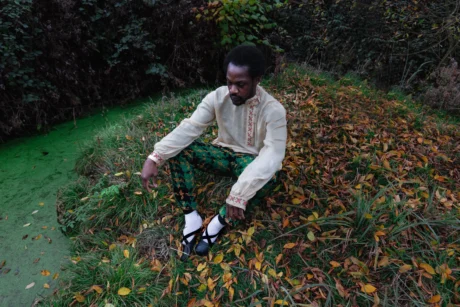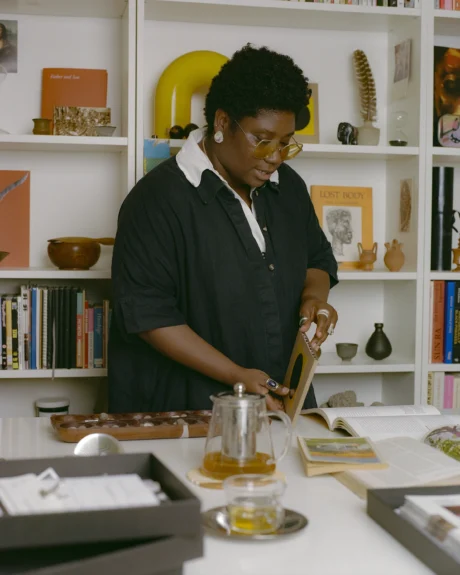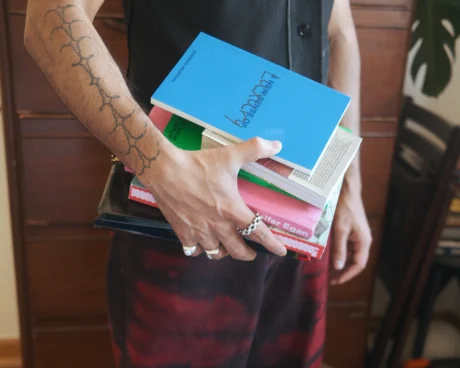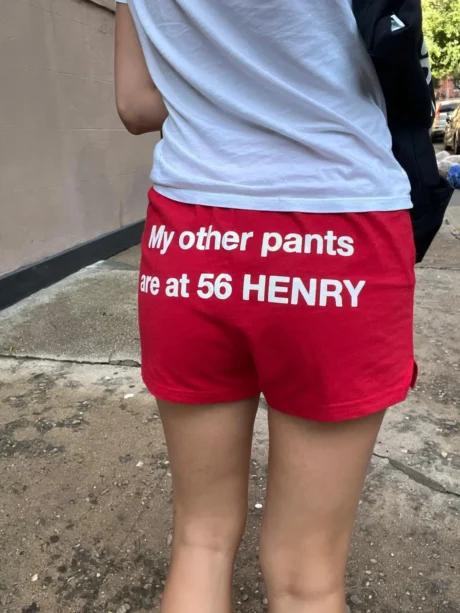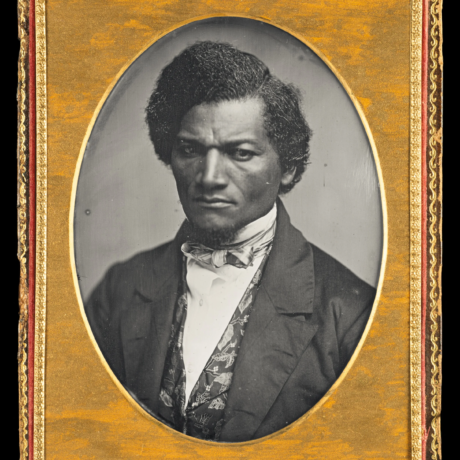Zeinab Saleh meets with Olivia Allen in the middle of a storm on Hampstead Heath. They discuss Zeinab’s latest show The Space {Between} at David Zwirner and the intimate moments that shape her practice.
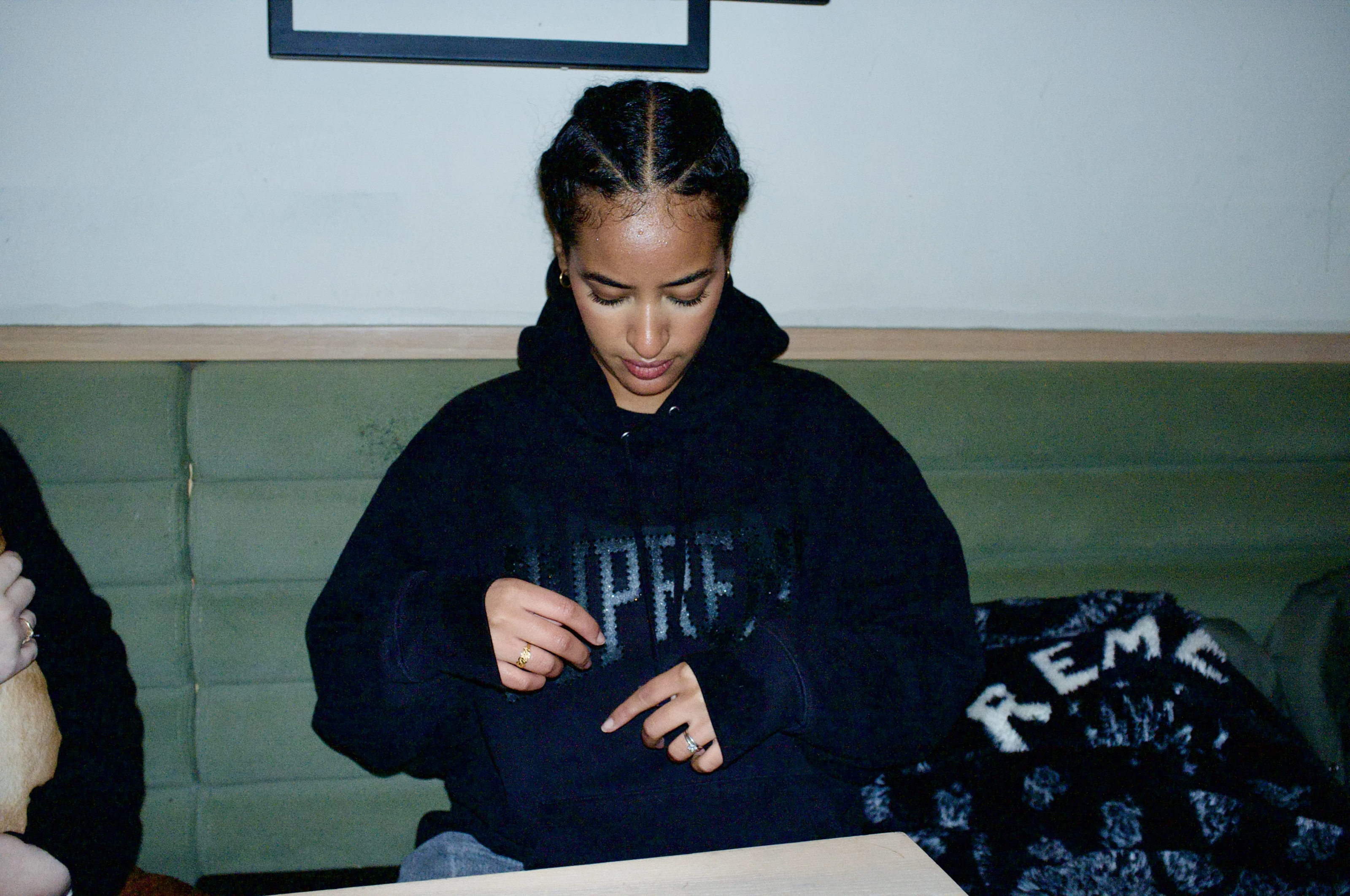
There are few places more beautiful than Hampstead Heath on a bright, sunny morning— particularly the purple mist and soft, hazy light that leaves tourists foaming at the mouth and waxing lyrical about the bucolic beauty of Britain. So naturally, this seemed like the perfect spot to speak to Zeinab Saleh about her gloriously atmospheric work, which captures those transitory spaces with tenderness and poignancy. However, this was not one of those mornings. Instead of glorious sunshine and idyllic expanses, we were met with a downpour that quickly escalated from “just a bit of drizzle” to “weather warning risk to life.” Our proposed meander turned into a soggy huddle in a busy café as the rain hammered against the windows and soaked scarvesdripped watermarks onto the floor. Still, the weather felt oddly fitting for a conversation with Saleh. Her work thrives in those in-between spaces—the moments suspended between certainty and ambiguity, between memory and experience, between stillness and movement.
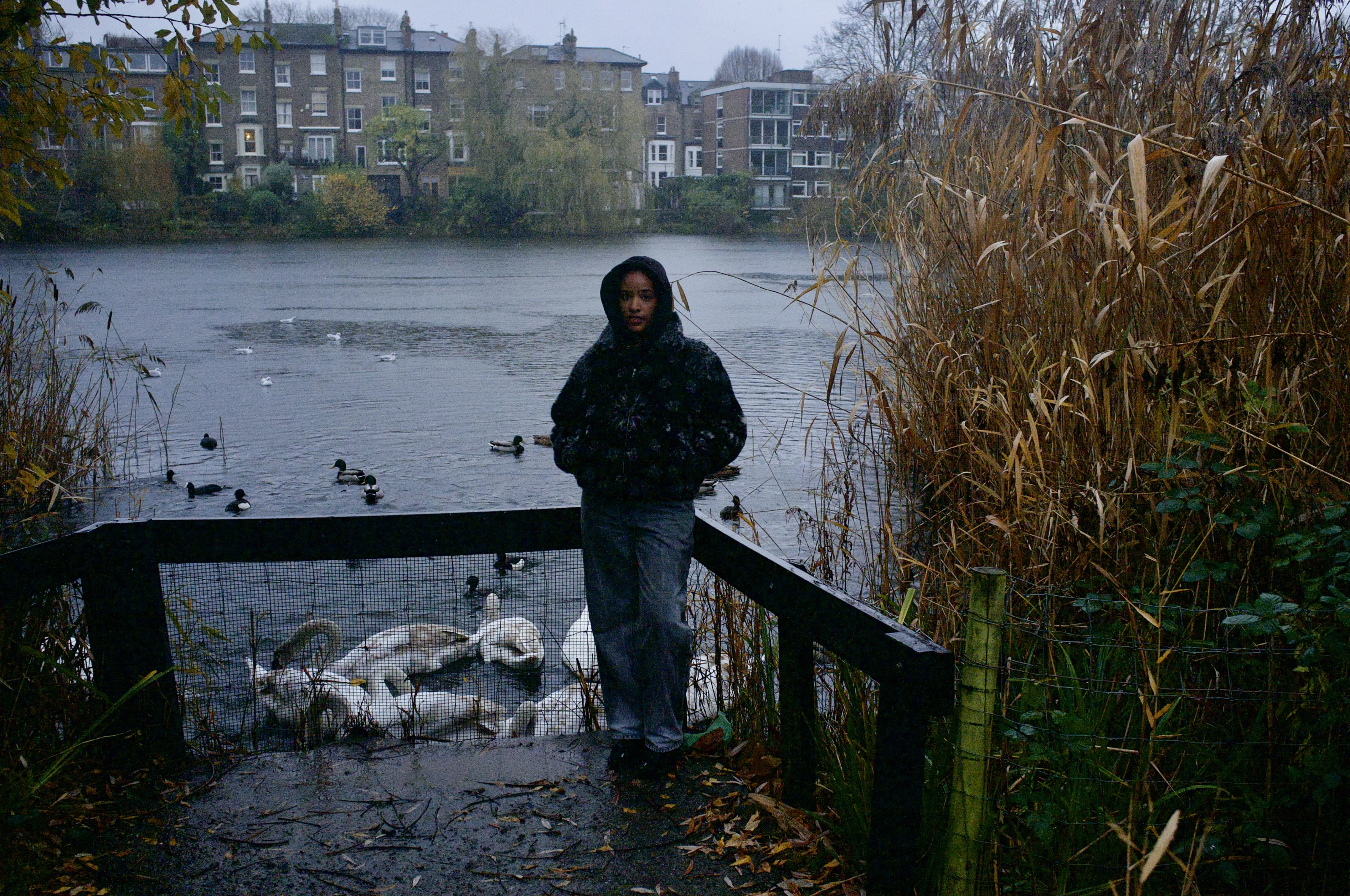
In The Space {Between}, her solo exhibition at David Zwirner, Saleh’s paintings explore those fleeting moments where time feels suspended—where memory and presence coexist, and things are neither here nor there. “I’m interested in the gaps,” she explains. “The space between—between moments, between waking and sleeping, even between before and after something big happens.” This idea takes form in her use of layered textures, subtle imprints, and a delicate balance between control and surrender. “It’s not about how something looks, but about the feeling—the softness, the texture, the atmosphere of the space.” Saleh’s work often draws inspiration from her home life and there’s an inherent intimacy to her pieces, whether capturing the softness of a prayer mat or the gentle curve of a sofa. It’s less about depicting objects literally, and more about evoking a mood, a memory, or the safety of domesticity. “The domestic space isn’t always a safe place for everyone,” she reflects. “But for me, it’s what’s accessible. I’m drawing from that.” This sense of calm and stillness is evident throughout her work.
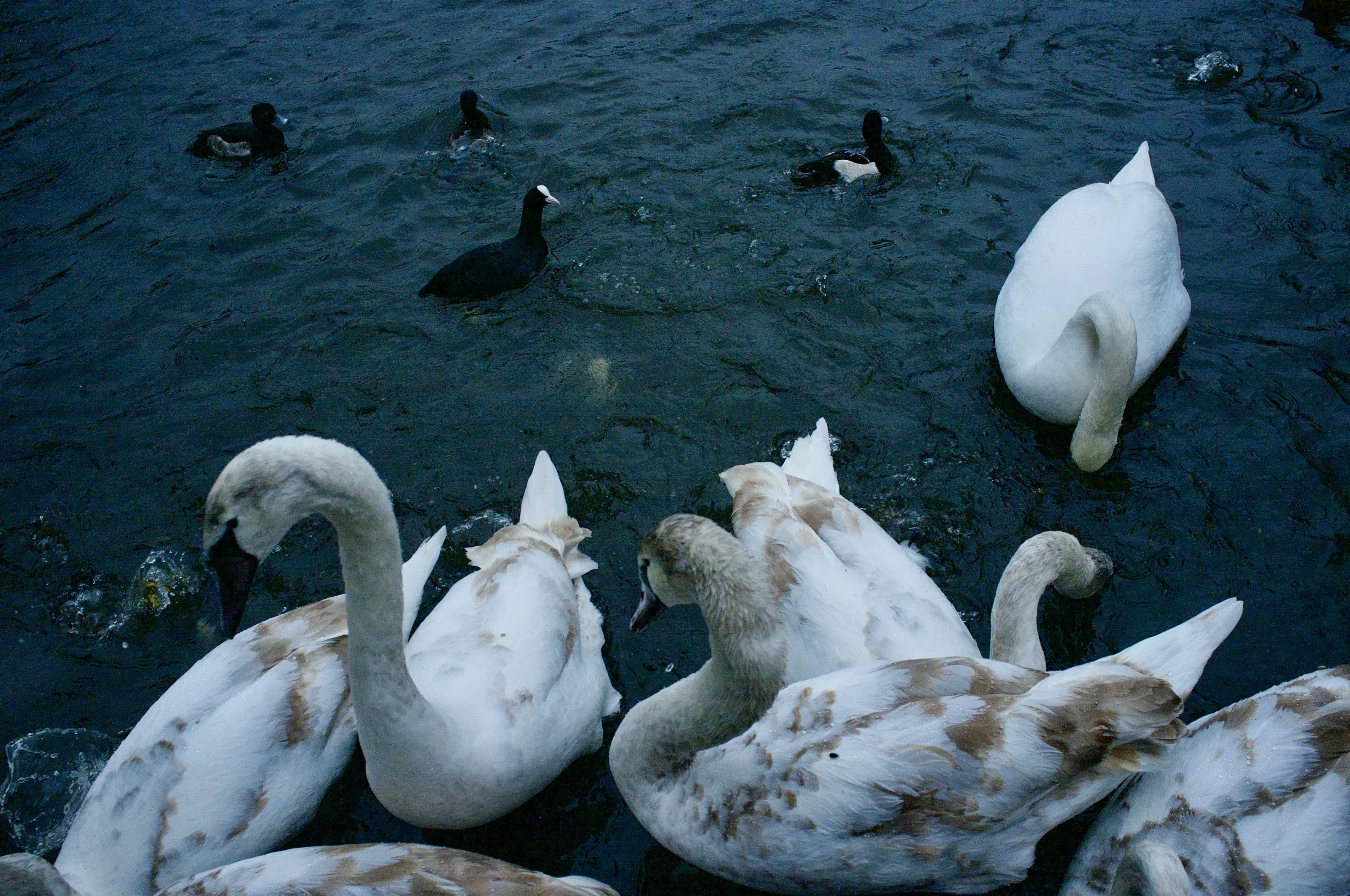
Despite the tranquil nature of her paintings, Saleh’s process is dynamic. She begins by pouring watery layers of acrylic paint onto a flat canvas, letting the colours merge and drip in an organic way. Once the paint has settled, she presses fragments of discarded fabric, leaves, and plants she’s collected. There’s a certain unpredictability in how these materials interact with the canvas, which Saleh embraces. “I try to let it do its thing,” she says. “I start with a foundation, but then the materials take over, and I follow their lead.” Her paintings are more about energy than precision—an energy that feels transient, never fully fixed. “Charcoal, for example, is such a transient material,” she notes. “It’s not permanent, and I like that about it. It’s on the verge of disappearing, just like the movement I’m trying to capture.” The intimacy of Saleh’s work is palpable. It’s all about texture—the way the canvas feels beneath her fingers, how the brush moves over it, the physicality of it. Yet she’s also mindful in how she controls this texture, making sure each mark is deliberate but not overworked. “I’m careful because once I lay down a layer, I know I can’t easily replicate it,” she explains. “There’s a lot of listening to the material, responding to it.” In this way, her work evolves like a conversation, responding to what’s already there, seeking the moments that feel right.
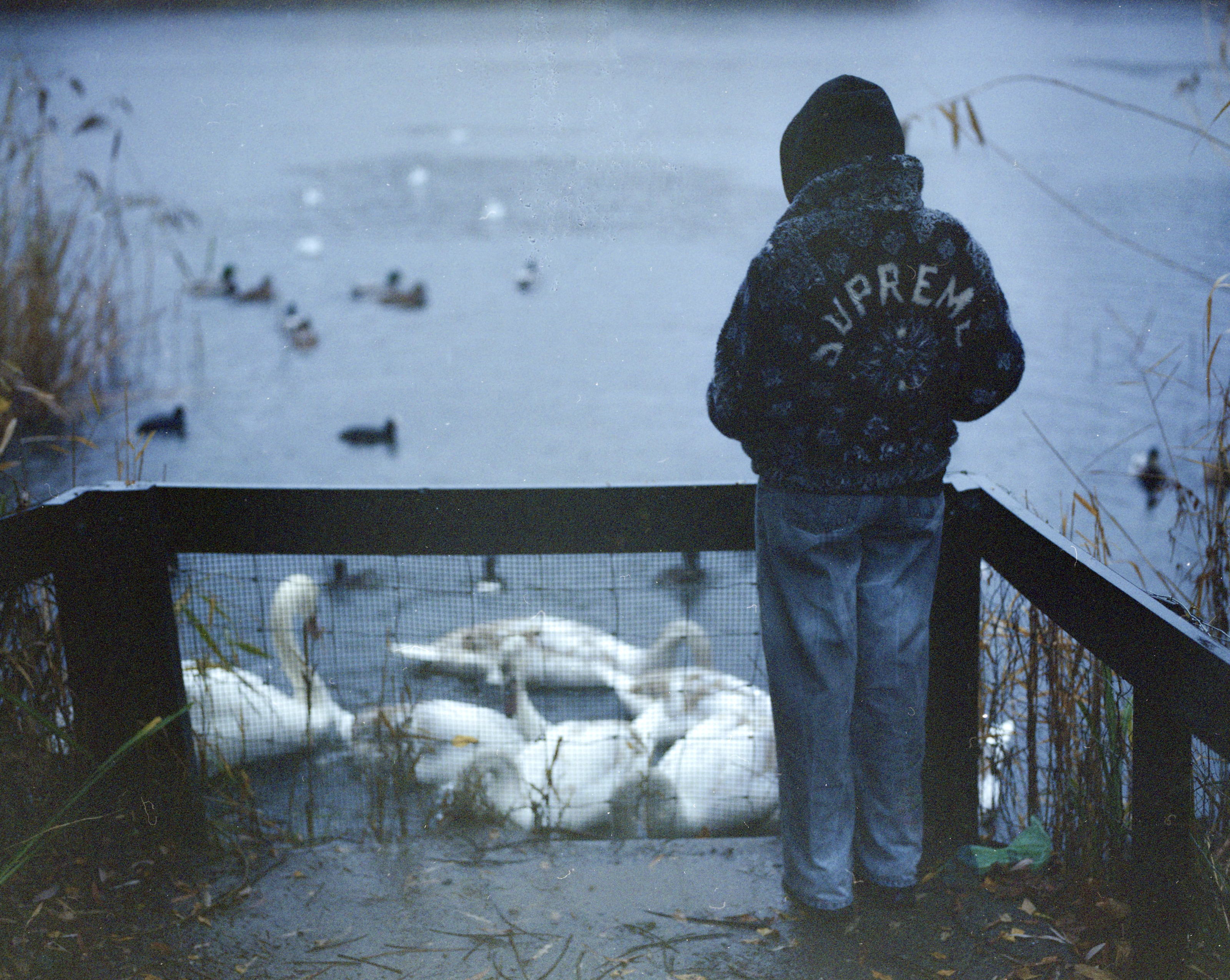
This sense of evolution is reflected in her use of colour. After years of working solely in charcoal, Saleh returned to colour with a renewed sense of discovery. “I think I was scared of colour for a while,” she admits with a laugh. “But when I finally embraced it, everything seemed so bright, so new.” The use of fabric and plant matter is central to this sense of exploration. As she presses them into the wet paint, they leave traces—imprints, textures, or marks that are impossible to replicate. “Those marks are permanent,” she says. “Once they’re there, they shape the painting. It’s not just about what I’m doing to the canvas; it’s about what the canvas is doing to me.” The result is work that feels in motion, even in stillness. Her paintings don’t demand attention; they invite it subtly, leaving plenty of room for interpretation. In contrast to the brash, attention-grabbing art of today, Saleh’s approach is quiet and reflective. “A lot of art is loud. It demands attention,” she says. “I’m interested in the opposite. I want my work to invite reflection, not impose itself. To leave an impression without shouting.” The calm of The Space {Between} creates an undeniable impact, not through force, but by creating space for the viewer to pause and engage with layers of emotion, memory, and atmosphere.
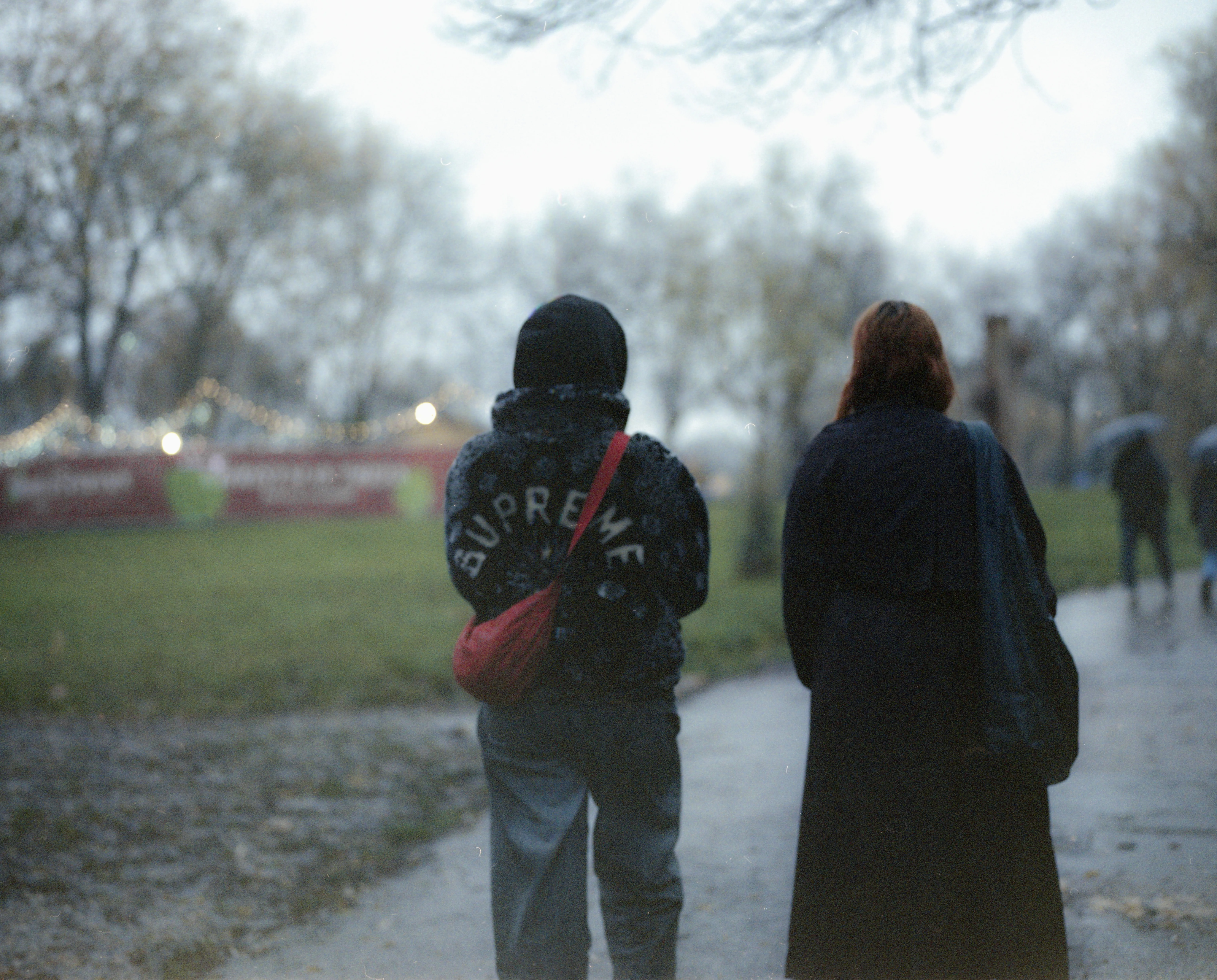
Beyond the gallery, Saleh’s creative practice extends into other fields. For this exhibition, she created her first lithograph, The Sovereignty of Quiet, inspired by one of her paintings. “It was my first lithograph,” she shares, excited by the new challenge. “I wanted to translate the feeling of the painting into a completely different medium. It felt like an extension of the work.” Her creative ventures go beyond painting; during university, Saleh co-founded a creative agency focused on shifting the narrative around Muslim women, offering an alternative to reductive portrayals in the media. “We started with a photography project,” she recalls. “It was a way to put something out into the world that reflected our own experiences. It resonated with people, and before we knew it, we were working with brands like Nike and Gymshark.”

Aside from her expanding creative endeavours, Saleh’s work remains deeply rooted in personal experience. “I’m always going back to what’s close to me,” she reflects. “The materials, the spaces, the things I’m surrounded by. It’s not about making grand statements, but about capturing the small, intimate moments that shape us.” Her connection to her work is intuitive. “There’s something special about painting, about creating something open-ended, about letting the viewer decide what it means,” she says. “In a world where we’re constantly being told what to think, that’s a rare thing.” Like her paintings, her approach to life is rich in layers and open to interpretation—a quiet invitation to explore what lies in between.
Words by Olivia Allen
